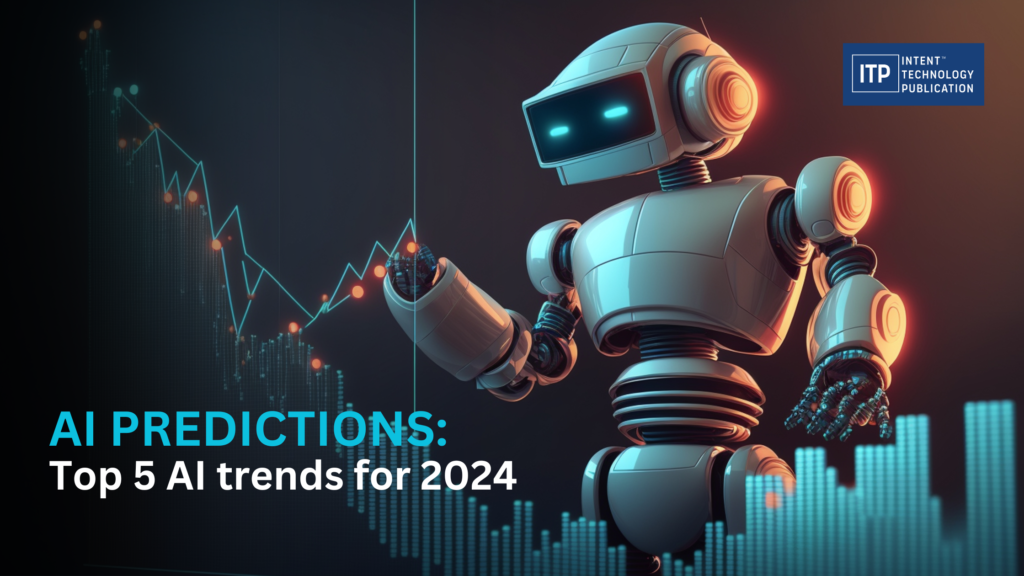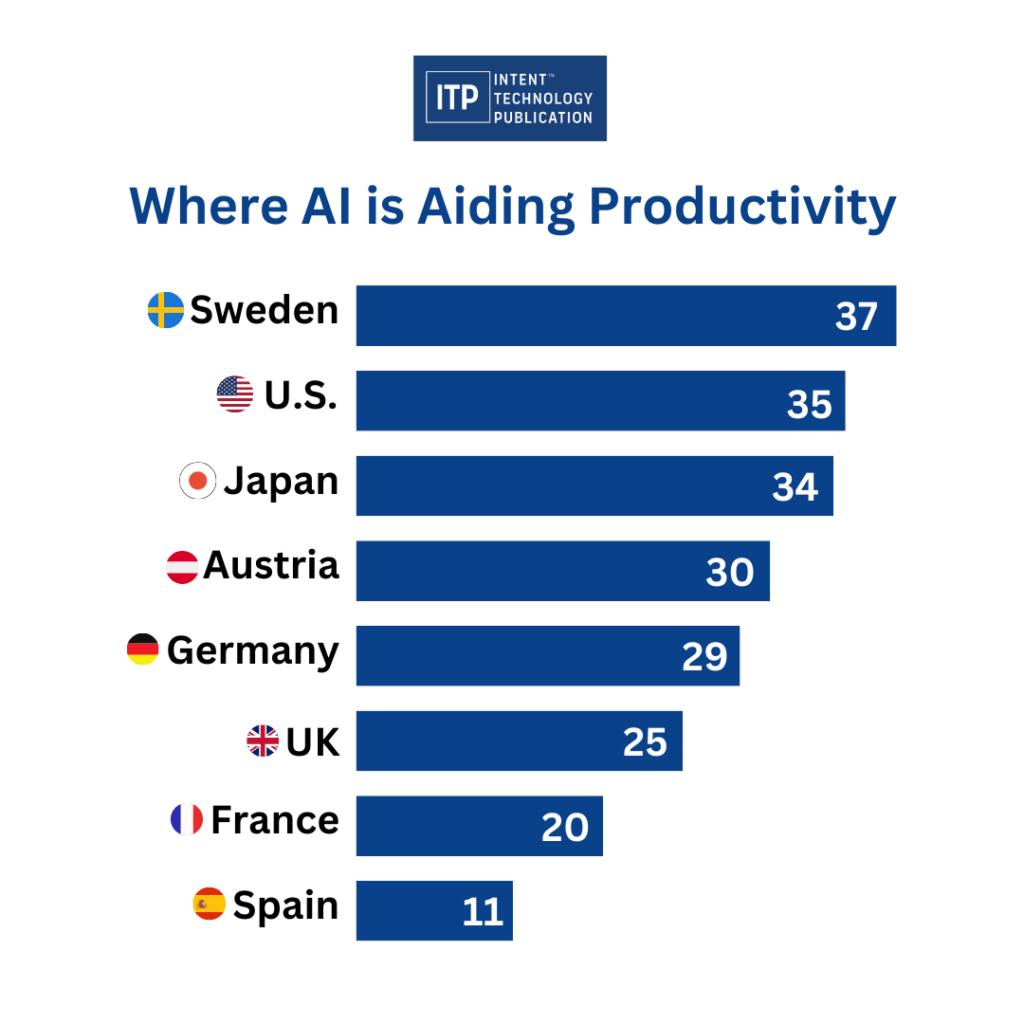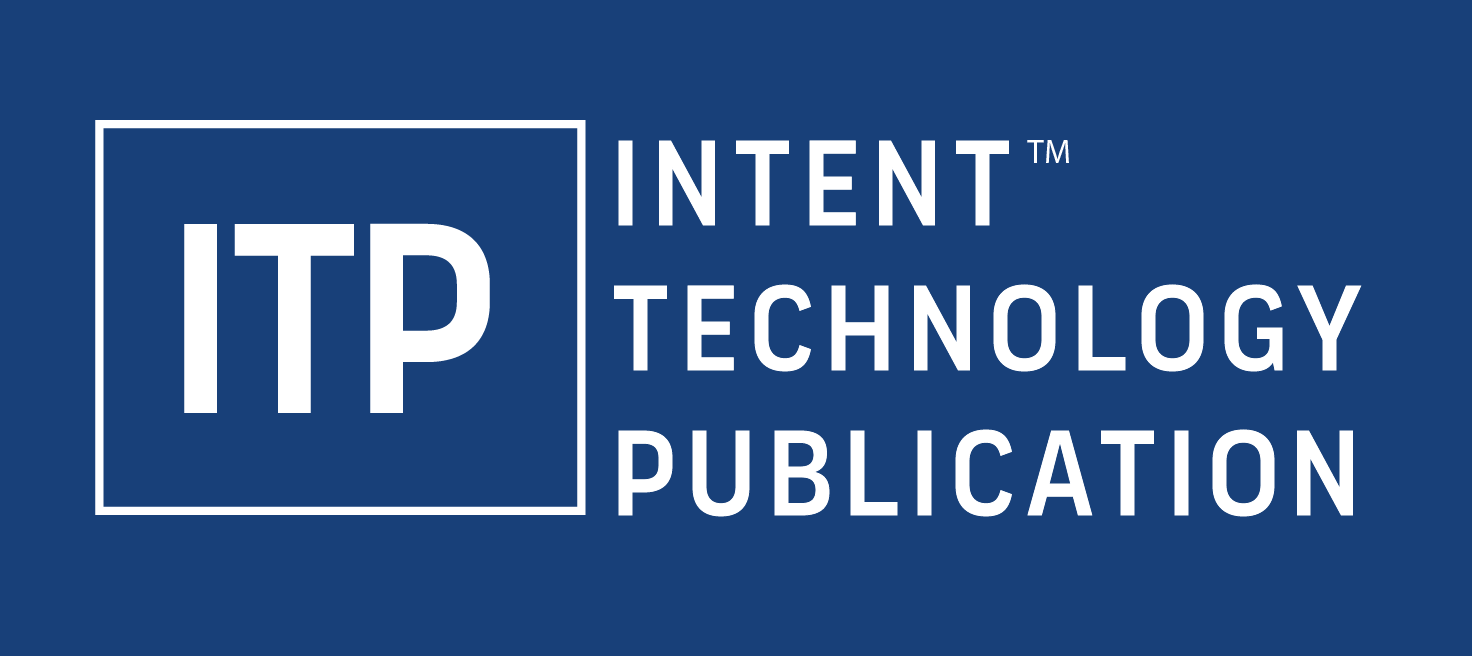or call: +1 (520) 350-7212

or call: +1 (520) 350-7212
or call: +1 (520) 350-7212

AI trends continue to disrupt the world with never-seen-before applications. We worked on AI trends for the last 3 years. For 2024, we analyzed over 100 business use cases for our specialized AI predictions of the year. Clearly, AI in marketing and sales is slated to be the biggest area of interest for users, followed by IT automation, security, supply chain management, and manufacturing. Creative AI prediction is a formidable force set to reshape technology landscapes. Termed as GenAI, this intelligent computing marvel excels in crafting creative content—spanning writing, code, music, and more. GenAI leverages extensive data learning to generate innovative creations, rapidly producing images, refining text, and addressing grammatical nuances. While it complements human creatives, Creative AI expedites processes, extending its application beyond creative realms to automate tasks, streamline workflows, cut costs, and foster new growth opportunities.
The surge in Generative AI tools signifies a compelling trend poised to dominate the next decade. Gartner projects an exponential adoption rate, estimating that over 80% of businesses will integrate Generative AI by 2026—a remarkable leap from the current usage of less than 5%. These AI trends illuminate a future where GenAI plays a pivotal role in reshaping industries and driving unprecedented efficiencies.

In the dynamic landscape of AI, a significant shift is observed with the emergence of the Bring Your Own AI (BYOAI) trend, where individuals bring their AI tools into the workplace. Propelled by the growing affordability and user-friendly nature of AI gadgets, employees are eager to boost productivity and job satisfaction by incorporating personal AI tools.
While BYOAI presents advantages for workers, prudent management is essential for its effective implementation. Concurrently, the ascent of Shadow AI introduces a more discreet approach, as individuals clandestinely deploy AI tools at work without the knowledge of their superiors. This surreptitious usage raises concerns regarding potential risks, including information theft or violations of organizational policies.
These developments align with broader AI predictions and trends, indicating a future where the integration of personal AI tools into professional settings becomes increasingly prevalent. As technology continues to evolve, organizations must navigate these shifts to harness the benefits of AI while mitigating associated risks.
The landscape of AI technology witnessed a paradigm shift in 2023, primarily steered by industry giants such as OpenAI. However, a remarkable transformation is underway as diverse groups increasingly embrace open-source AI solutions, exemplified by notable initiatives like GPT-J. This departure from exclusive reliance on closed models signifies a significant evolution.
Key Points:
This transformative trend gains momentum, with Forrester’s foresight predicting that a substantial 85% of companies will transition to open-source AI shortly. The democratization of AI code not only aligns with the ethos of collaborative innovation but also paves the way for a more accessible and inclusive AI landscape.
AI’s immense power is accompanied by the potential for mistakes, leading to a phenomenon known as “hallucination,” where AI generates content that appears real but is not. As AI becomes more prevalent, concerns about these errors escalate. The need for insurance coverage specifically addressing AI mistakes is anticipated to become significant.
Forrester predicts that in 2024, major insurance companies will introduce policies designed to cover AI mistakes. This recognition underscores the growing importance of mitigating risks associated with AI’s potential to generate inaccurate or misleading information.
A groundbreaking prediction by Gartner foresees a radical shift in the way tech professionals approach coding. By 2028, three out of four techies are expected to leverage AI to assist in code writing—a stark contrast from 2023 when only one in ten utilized AI helpers.
The allure of AI in coding lies in its ability to enhance various aspects of the coding process, from task automation to creative problem-solving. Those who embrace AI for coding are positioned for efficiency gains and superior code quality, ensuring they stay ahead in the rapidly evolving technological landscape.
AI TRiSM, an acronym for Artificial Intelligence Trust, Risk, and Security Management, emerges as a crucial framework. This system ensures that AI operates safely and as intended. Its multifaceted functionalities include:
With the increased adoption of AI, the role of AI TRiSM becomes pivotal. Gartner predicts that by 2026, companies implementing AI TRiSM will make informed decisions by eliminating 80% of erroneous or misleading data.
The AI trend in 2024 presents a dynamic and rapidly evolving scenario. The top five trends—Creative AI, AI at Work, Open Source AI, AI Mistakes and Hallucination Insurance, and AI and Coding—foretell a future where AI plays an increasingly integral role in reshaping industries and societal norms. These predictions serve as a compass, guiding businesses and professionals to navigate the complex terrain of artificial intelligence, ensuring they stay at the forefront of innovation and technological advancement.
